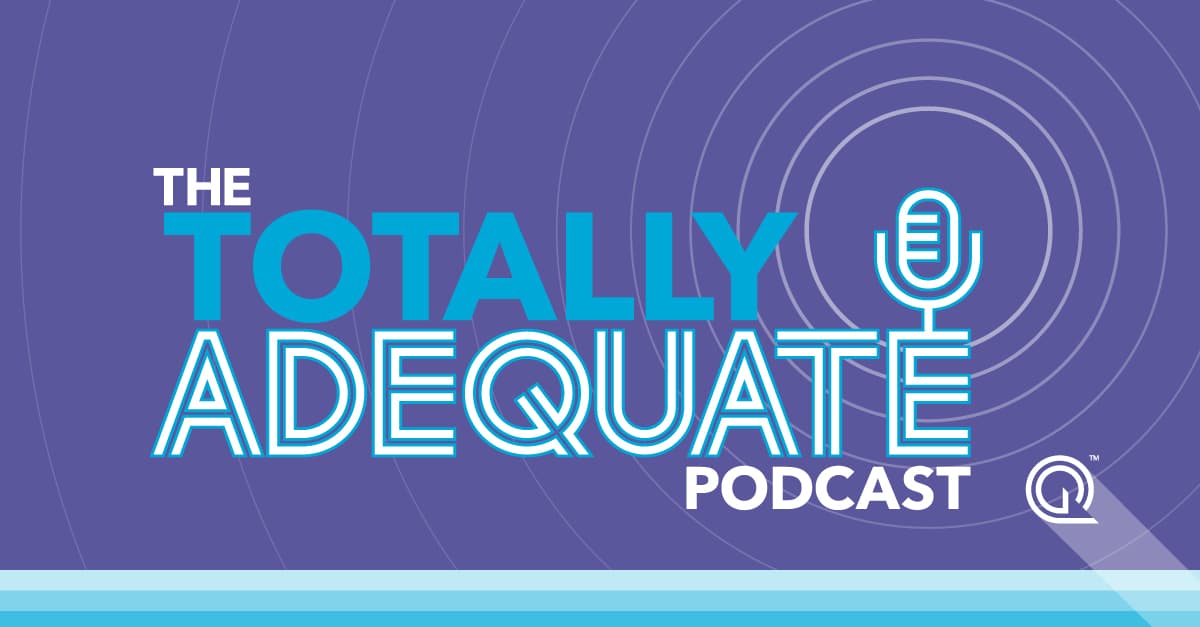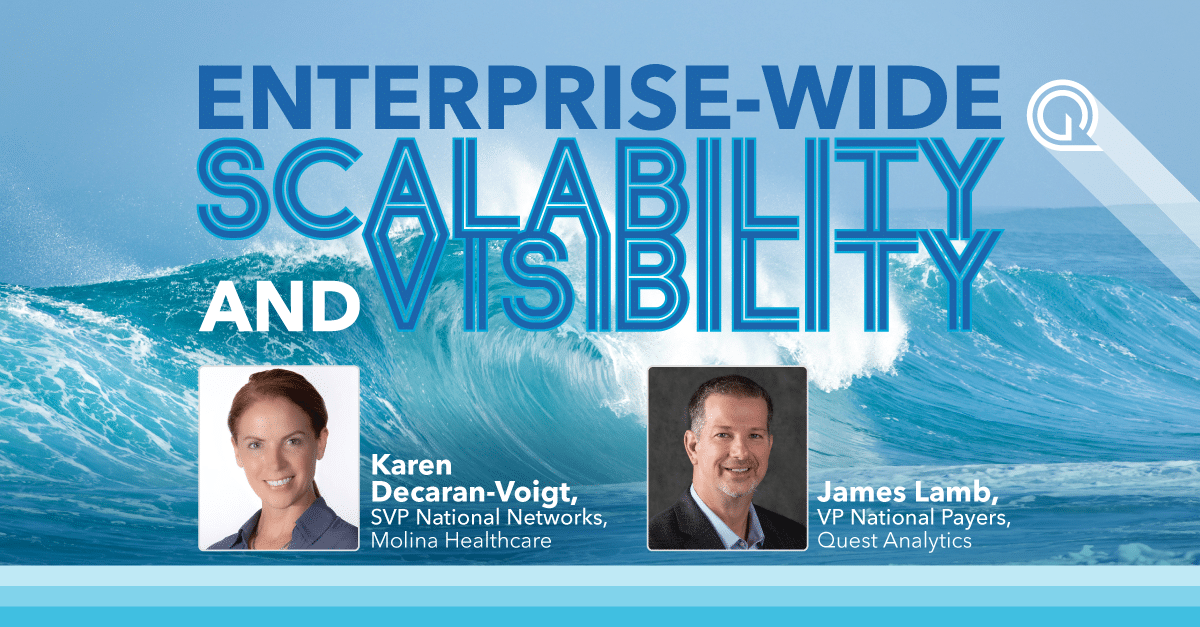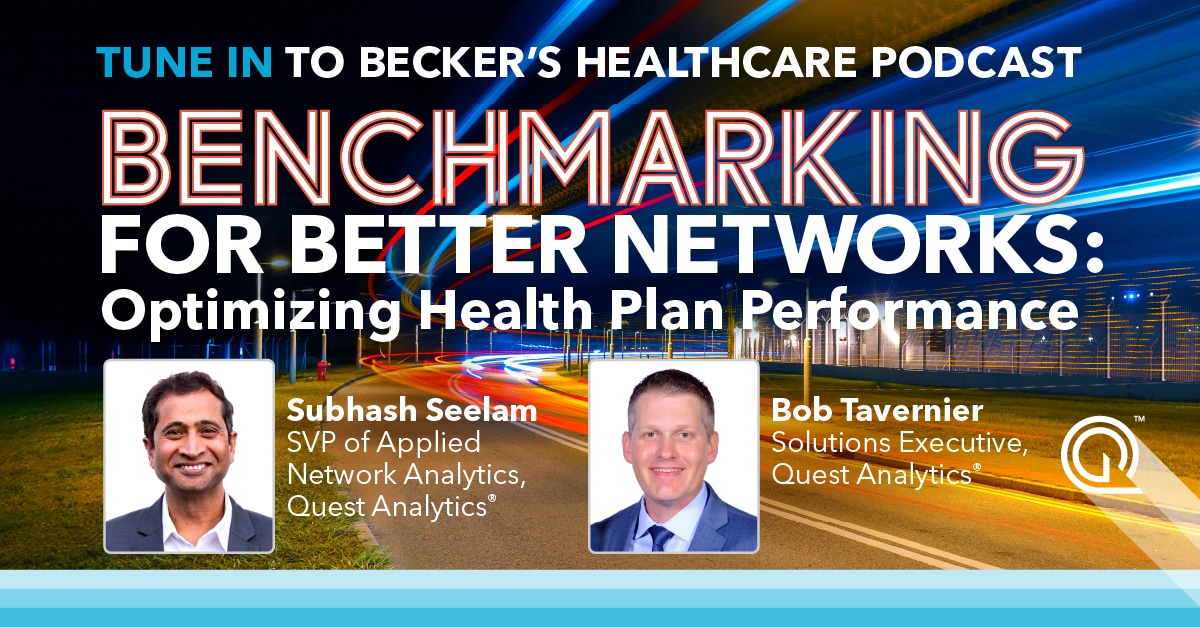Reprinted with AIS Health permission from the July 2, 2020, issue of RADAR on Medicare Advantage.
As Medicare Advantage plans prepare to enroll patients with end-stage renal disease (ESRD) this fall, a recent change to network adequacy measurement will give them some flexibility in how they include dialysis care in their networks. Meanwhile, a new lawsuit challenging CMS’s decision to exclude outpatient dialysis facilities from time and distance standards suggests the move could dampen enrollment of ESRD patients in MA plans, but experts say a lot will depend on how they shop and what they’re looking for in coverage this fall.
Thanks to a provision in the 21st Century Cures Act, signed into law in 2016, some 300,000 ESRD patients will be eligible for MA coverage effective Jan. 1, 2021, whereas they were previously allowed in MA plans only for the plan year in which they were diagnosed or if they enrolled in a Special Needs Plan specifically designed to serve ESRD patients.
But a new suit (Dialysis Patient Citizens v. Alex Azar et al.) filed in the U.S. District Court for the District of Columbia on June 22, asserts that CMS acted in an “arbitrary and capricious” manner that does not adequately protect Medicare beneficiaries with ESRD and “impermissibly ignored comments and evidence presented to it” when a final rule codified time-and-distance requirements for the 40 providers and facilities that are subject to such standards but removed outpatient dialysis from that list. That rule, published June 2, also gave MA plans more flexibility in meeting network adequacy standards through the use of telehealth and in areas where certificate of need laws impact choice.
By excluding outpatient dialysis from the list of facilities that must be within a certain time and distance from a beneficiary, CMS will create “substantial burdens for thousands of ESRD patients” and cause “immediate and irreparable harm” to patients who require routine dialysis treatments to survive, alleges the complaint.
“Unfortunately, the Secretary and Administrator ignored the fact that many ESRD patients must receive dialysis three times a week and that access to dialysis facilities within a reasonable distance is a matter of life and death,” stated Dialysis Patient Citizens CEO Hrant Jamgochian in a June 22 press release. “By ending time and distance limit requirements in Medicare Advantage, this regulation will limit patient choice and give ESRD patients no option but to remain in the fee-for-service program that can cost more out of pocket and offers spotty care coordination services.”
According to its website, Dialysis Patient Citizens is a nationwide, nonprofit, patient-led organization with more than 28,000 members including dialysis patients and their families.
In response to concerns raised by commenters about access, CMS in the final rule reiterated its position that there are other ways to receive dialysis care (e.g., home dialysis) and reminded MAOs that they are still required to maintain adequate access to covered services and must arrange for out-of-network services when network providers are not available or “inadequate to meet an enrollee’s medical needs.”
John Weis, president and co-founder of Quest Analytics, LLC, suggests that plans are in no way interpreting the change as a pass to exclude dialysis facilities from the network and that it merely provides some flexibility if a plan is having trouble contracting with a dialysis facility in a certain area. “Given the concerns by industry dialysis groups surrounding the removal of outpatient dialysis, I think plans are going to continue measuring access to outpatient dialysis even though they will not be reporting the time and distance in their MA network adequacy filings,” he tells AIS Health. “By definition, a plan needs to maintain an adequate network around all specialty types and not just those that they are required to report on their HSD [Health Service Delivery] tables.”
Instead of meeting time and distance standards, MA plans next year will have to file an attestation that their networks are adequate and provide required access and availability to dialysis services, including outpatient facilities.
Plans Could Pay FFS Rates
Moreover, if an enrollee receives dialysis services from a facility that is not in-network, the plan will have to pay fee-for-service Medicare rates to the facility, “whereas prior to this proposed rule, plans were worried that they were going to have to pay rates to in-network providers much higher than FFS,” Matt Kazan, a principal at Avalere Health, tells AIS Health. “So the final rule may ease that pressure for plans, but I think the question is when a patient is looking to MA to enroll, what information do they see either on Plan Finder or other materials about the services that they may need in the coming year?”
When asked about the possibility that the rule could lead to lower-than-anticipated enrollment of ESRD patients into MA plans, Kazan suggests it depends on how likely patients are to shop for plans based on the network. “There’s a bunch of reasons why patients and beneficiaries choose MA vs. FFS — there’s extra benefits, an out-of-pocket cap, limited provider networks — so to the extent that a beneficiary would shop solely based on ‘Is my dialysis center in network?’ could have an effect, depending on how aggressive the plans are in limiting their networks,” he says.
Avalere Analysis Raises Cost Concerns
While the lawsuit creates some uncertainty for plans, which must firm up their networks in the next few months before the 2021 Annual Election Period, the bigger unknowns around ESRD patients enrolling in MA relate to cost, says Kazan.
According to a June 24 analysis of ESRD enrollment data obtained from CMS in both Medicare FFS and MA, Avalere determined that in the top 15 metropolitan statistical areas with the most ESRD patients enrolled in FFS, 10 MSAs had ESRD FFS costs that were higher than the MA payment rate, which is determined at a state level rather than using county benchmarks.
While MA payments fell between 2% and 12% below FFS costs in those areas, five MSAs had an MA benchmark that was above FFS costs by 1% to 9%. Chicago, Los Angeles and New York had the highest number of ESRD beneficiaries in FFS and all three had FFS costs that were above the MA ESRD benchmarks. Avalere also found that rural areas in Iowa, Minnesota, Nebraska, North Dakota and Ohio were paid between 2% and 5% below the benchmark.
‘Geography Matters Tremendously’
“It’s clear that geography matters tremendously here, so [plans] need to be thinking at the local level about how this is going to impact [them], both in terms of the payment rate but also where the beneficiaries are and how likely they are to move to MA,” advises Kazan. CMS in the final rule projected that about 41,500 ESRD patients will enroll in MA in 2021. While that’s about a 30% increase from 2020 levels, Kazan adds that it doesn’t take a lot of enrollees moving from FFS to MA to create “big shifts in cost and payment.”
When modeling how likely beneficiaries are to move to MA, plans should also consider the individual characteristics of the ESRD patients in their market, he says. The Avalere report also called out some demographic differences in FFS vs. MA ESRD patients based on 2015 data, including that the average age of someone with ESRD in MA is 69 (compared with 60 in FFS), those in FFS are more likely to be dual eligible, and 32% of ESRD patients in MA are Black/African American (compared with 38% in FFS).
For more information, view the complaint at https://bit.ly/37Wfn54 and the Avalere analysis at https://bit.ly/3i5zeUd. Contact Kazan at mkazan@avalere.com or Weis via April Beane at april.beane@questanalytics.com.








